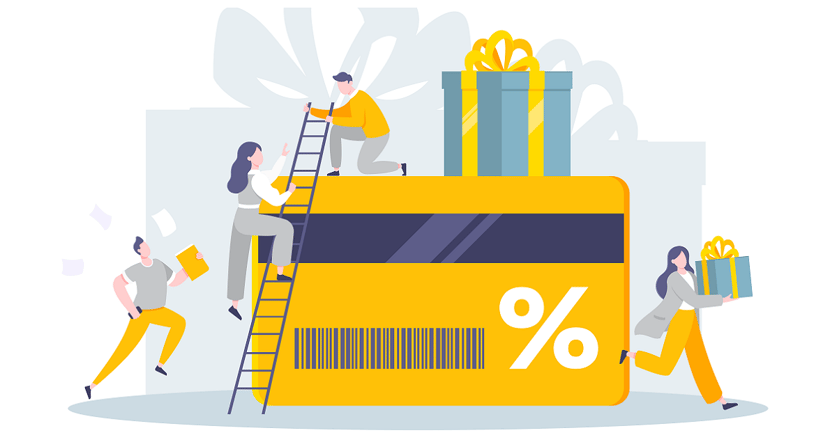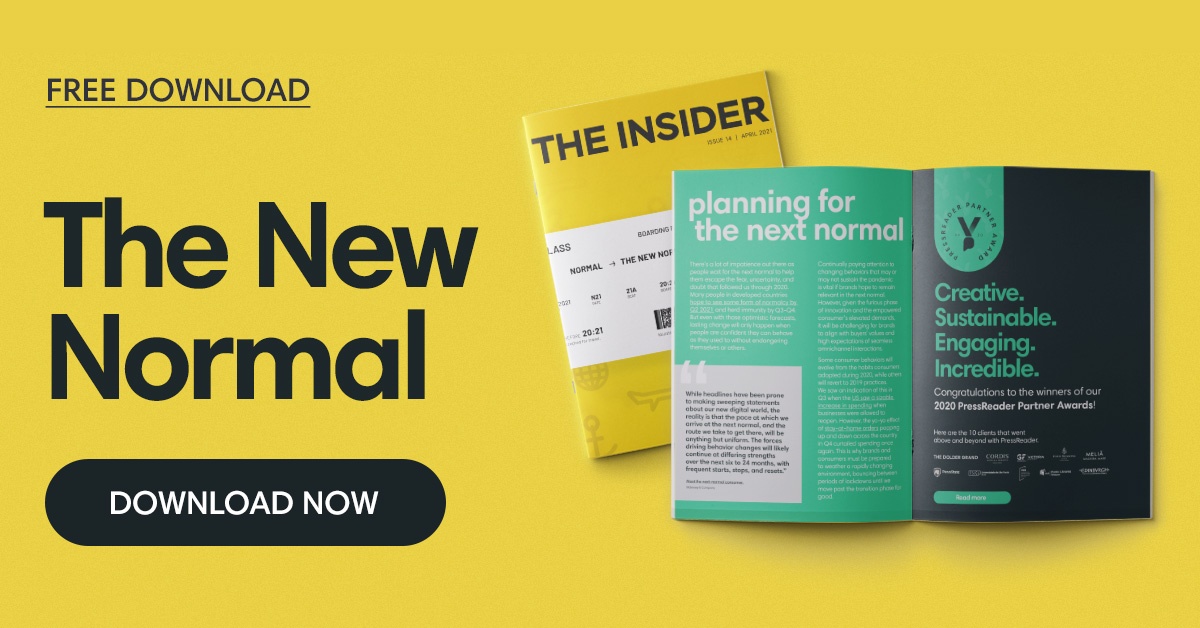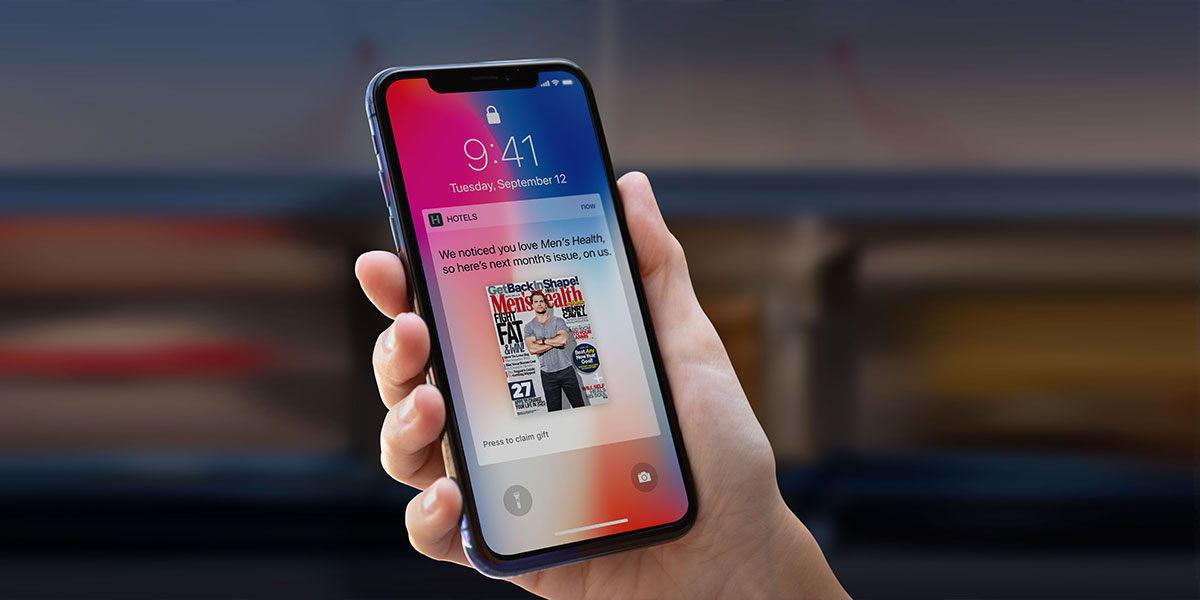Loyalty programs have been around for centuries and have become so commonplace that it would be hard to imagine life without them. It’s been said that they first started in the 1700s when retailers gave copper tokens to customers that they could redeem on future purchases. That first “frequent buyer program” paved the way for many other industries and categories to follow. Over two hundred years later, 80% of companies have a loyalty program, with 43% of their annual sales coming from their members.
Entering 2020, most of those businesses looked forward to capitalizing on their members’ loyalty to grow revenues even further. But COVID-19 changed all that. Despite there being over 3.3B loyalty memberships just in the US, Bond’s 2020 State of Customer Loyalty Report found that only 45% of US consumers think that rewarding loyalty is important. Accenture reported that 71% say loyalty programs don’t engender loyalty. Why not? There’s no question that the global pandemic upended the consumer-brand relationship and propelled businesses and shoppers into uncharted territory. As the number of COVID-19 cases rose in certain regions, so did people’s fear levels, desire to reduce health and financial risks, and brand fatigue.
There’s no question that the global pandemic upended the consumer-brand relationship and propelled businesses and shoppers into uncharted territory. As the number of COVID-19 cases rose in certain regions, so did people’s fear levels, desire to reduce health and financial risks, and brand fatigue.
And as consumer risk perceptions tracked to the rise and fall of infection case rates, Forrester’s 2020 CMO report stressed that maintaining relationships with customers is an urgent priority and retaining customers 200% more important than gaining new ones.
Consumers rule
Gaining consumers’ trust and loyalty and keeping them has never been easy, but it became even more challenging with the birth of the internet. The web toppled the company-consumer dynamic and fueled a complete inversion of the power funnel in business and society. In this new reality, people are now in control of what, where, when, and how they consume the products and services we sell.
But it’s more than that. Today’s consumers are also more entitled, engaged, and entangled —what MIT Sloan Management Review calls the three dimensions of customer behavior. They’re also producers and can talk back like they never could before, and they are talking a lot. Just try changing something about a product they love or even the packaging it comes in and discover what it feels like to have your strategy hijacked by zealous customers who don’t think twice about energizing the masses online to force you to reverse your plans.
Brand loyalty is fragile
 Of the 4,000 US consumers Ketchum Analytics surveyed in June 2020, 45% said their brand preferences had shifted during the pandemic, with 62% of them expecting the change to be permanent. The following month, McKinsey reiterated with similar sentiments; upward of 60% of consumers who tried a new shopping behavior planned to stick with it post-crisis. Certainly, the massive disruptions to supply chains had some influence on these shifts, but it wasn’t the only thing.
Of the 4,000 US consumers Ketchum Analytics surveyed in June 2020, 45% said their brand preferences had shifted during the pandemic, with 62% of them expecting the change to be permanent. The following month, McKinsey reiterated with similar sentiments; upward of 60% of consumers who tried a new shopping behavior planned to stick with it post-crisis. Certainly, the massive disruptions to supply chains had some influence on these shifts, but it wasn’t the only thing.
A March 2020 survey from Edelman found that 37% of consumers reported trying new brands as a result of how the brand has responded to the crisis, and 65% of them said that the way brands responded to the crisis will have a “huge” impact on their purchase intent post-COVID. I’ve said this before, and it’s worth repeating during these uncertain times, “Goodwill is good business.”
55% of shoppers make purchase decisions based on their values, even if it means walking away from the latest styles and trends. They are also buying from brands based on a company’s treatment of employees, sustainable development initiatives, commitment to health and safety, and overall purpose/values.
Unfortunately, not all brands are living up to buyers’ expectations.
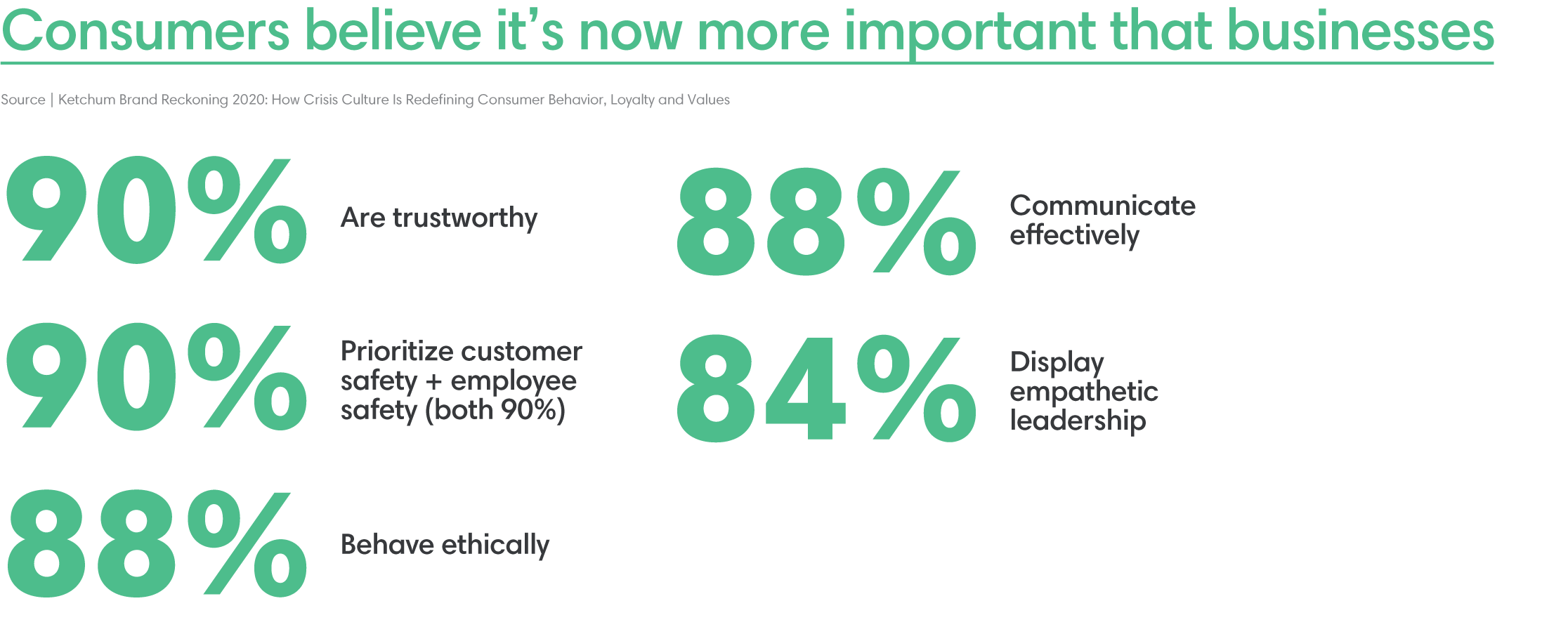
According to Ketchum, 89% of shoppers believe that some companies have exploited the crisis for marketing purposes.
Retaining loyalty in a time of crisis
The global crisis disrupted everything we hold most dear: how we live, work, socialize, and perceive brands. That includes all the brands assessed in the 2020 Loyalty Leaders List. You might be surprised. I certainly was ̶ not just by who was there, but by who was there last year but excluded in 2020.
According to Robert Passikoff, Brand Keys founder and president, the brands that made the list were those that showed up, delivered when needed the most, and met people’s exceptionally high (and getting higher) expectations. Amazon being at the top of the list was no surprise. Netflix and Amazon streaming coming in second and third was undoubtedly driven by people’s need for escapism and distraction during the lockdown.
What I found interesting, however, was that of the eight brands that showed the most significant surges in loyalty, three produced alcohol: Smirnoff (+26), Jack Daniels (+16), and Ketel One (+16). It makes sense, given that a 25% increase in alcohol consumption was seen in Canada during the pandemic and Americans’ drinking was up significantly, especially among women (up 41%). But, it is sad, nonetheless.
Those who were considered dispensable by consumers or AWOL (Absent Without Leave) were no longer seen on this year’s list and included Under Armour, LinkedIn, Expedia, and McDonald’s. Again, I understand Expedia not being there, given that no one was traveling. But why didn’t LinkedIn make the list? Perhaps it was because the tens of millions of people who lost their jobs felt the company could have provided a discount on its premium membership fees during the pandemic. Who knows?
McDonald’s absence was another one I can’t quite figure out. If the line up of cars at McDonald’s drive-through near where I live is any indication of loyalty, it should have made the list. Interestingly, the Golden Arches also lost footing in Brand Key’s 2020 Most Patriotic Brands. In 2019, it found itself in 15th place; last year, it dropped to 27th. Perhaps it’s as Passikoff said, “Political polarization, growing consumer tribalism, and national social protests challenged brands” in 2020.
Before jumping to the conclusion that loyalty is heading the way of the do-do bird, let me reassure you that it is not. COVID-19 was a game-changer in the loyalty space for many brands, but as in most things, those who act with purpose and empathy will survive the crisis and thrive in the next normal. Those who do not will struggle. Now is not the time to be a spectator.
Airline loyalty programs continue to fly high
Did you know that in 2006 American Airlines earned more from selling AAdvantage miles to its partners than it did through ticket sales? Airlines have a lot of built-up equity they can leverage, and almost every one of them used their very profitable programs to secure loans and raise billions in cash when COVID-19 grounded most of their airplanes. Loyalty programs are more valuable than the airlines themselves.
You might think the aviation industry would have ceased investing in loyalty after people stopped traveling, and headlines predicted, “By the end of May, most world airlines will be bankrupt.” But you’d be wrong.
We’ve partnered with airlines and airport lounges groups for years, helping them transition their media offering for travelers from print to digital and adding more value to their frequent flyer membership benefits.
When COVID-19 hit the aviation industry, we expected all our partners would hunker down and wait out the storm until 2021 at the earliest. Boy, were we surprised. Our aviation sales funnel didn’t dry up; it overflowed.
Driven to maintain strong relationships with its members and meet their demand for contactless services and amenities, airlines and lounges invested heavily in digital. In just over a month, we signed six contracts with major lounge groups in the US, the UK, Spain, Turkey, the UAE, and Malta, expanding to 150 lounges where travelers have unlimited access to PressReader. Turkish Airlines offered the same to their 10 million loyalty program members stuck at home during the pandemic’s first wave. Air Canada did the same for its top-tier loyalty program members.
Air Canada also didn’t sit by waiting for the government to find new ways of dealing with international travel restrictions. It partnered with McMaster HealthLabs to run a COVID-19 study to explore the effectiveness of various quarantine periods for travelers. Any passenger, not just Aeroplan (Air Canada’s loyalty program) members, who voluntarily took a COVID-19 test when they landed at Toronto airport’s international terminal, received complimentary access to PressReader for two weeks, which coincided with their mandatory quarantine period.
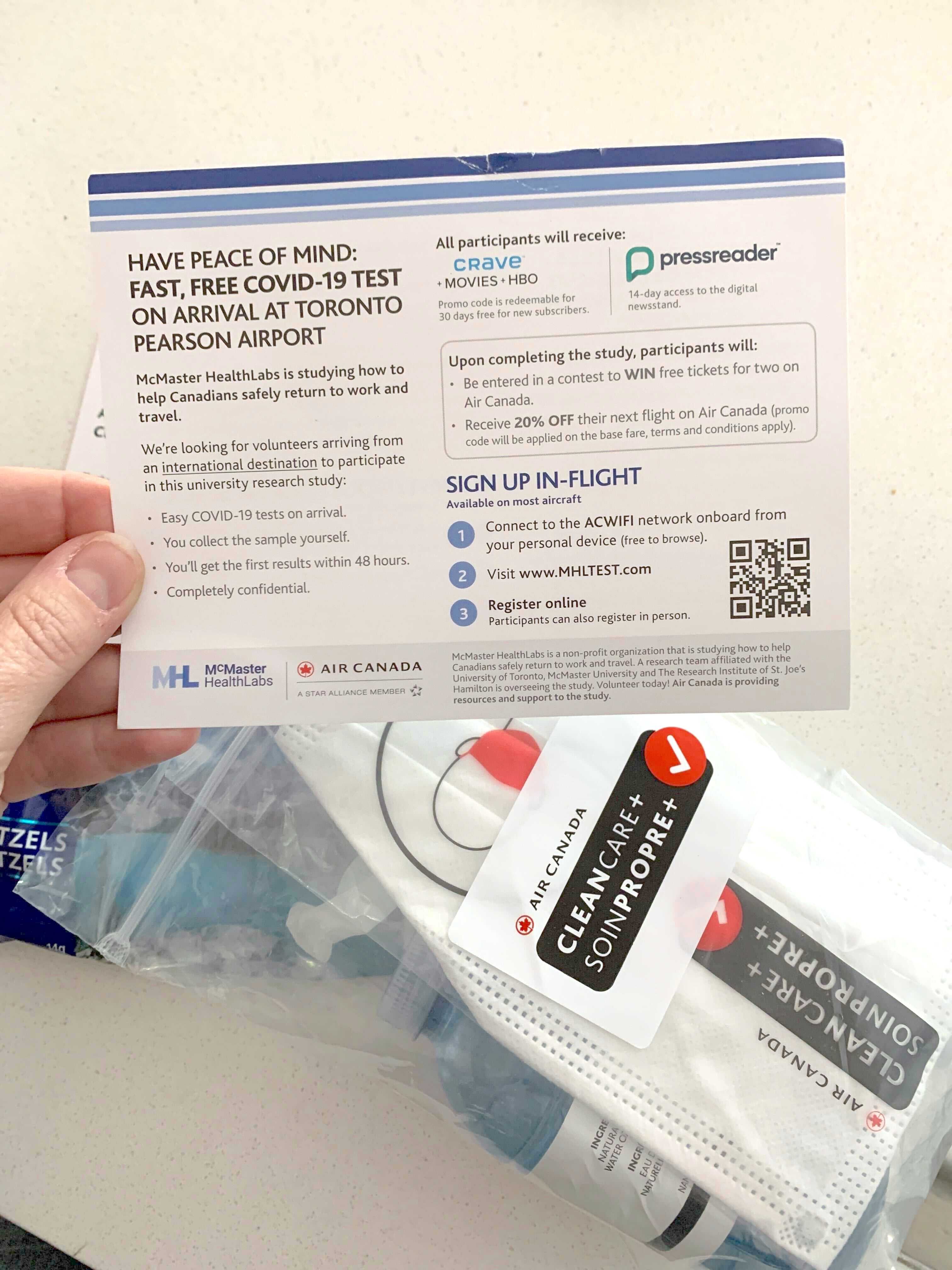
Partner through a shared purpose
One of the things I’ve read and thought a lot about lately is corporate purpose. Profits, beating the competition, and growth isn’t what makes a company great. Businesses with a purpose beyond monetary goals inspire greater loyalty and engagement with their customers, employees, partners, and even their competition. They are game-changers in society and business because they play hard and fast to deliver on their promise.
During COVID-19, we started to see industries that one would typically not call inspiring step up and show up when they were needed. Financial services and credit card companies were among them. With the massive economic downturn brought on by the pandemic, they found themselves and their traditionally inflexible processes disrupted in many ways.
As of May 2020, only 23% of Loyalty and Credit Card Reward Program members were satisfied with their program’s response to COVID-19. 77% were not. The majority of consumers didn’t see their credit card companies giving enough focus and attention to improving the human experience during the crisis.
J.D. Power’s survey of 6,700 credit-cardholders in Canada agreed. According to John Cabell, director of banking and payments intelligence at J.D. Power, “Credit card companies are falling behind in key areas related to the customer experience, especially in factors linked to financial sensitivity and customer support channels, which are crucial during the pandemic.”
It probably isn’t surprising, given the pandemic-induced recession forced millions of people out of work. High-interest credit cards became a target when people couldn’t pay their minimum monthly balances. In Canada, that was 24% of the population.
American Express alone saw its credit card spending fall 19% to US$248B in Q3 2020. But despite the drastic losses in revenue, AMEX and other credit card companies looked for and found ways to deliver value to their customers.
Before the coronavirus crisis, we partnered with American Express to bring PressReader privileges to its members in several countries worldwide. And In January 2020, we were honored to be a part of AMEX’s new Centurion Lounge and Escape Lounge at Phoenix Sky Harbor International Airport (PHX).
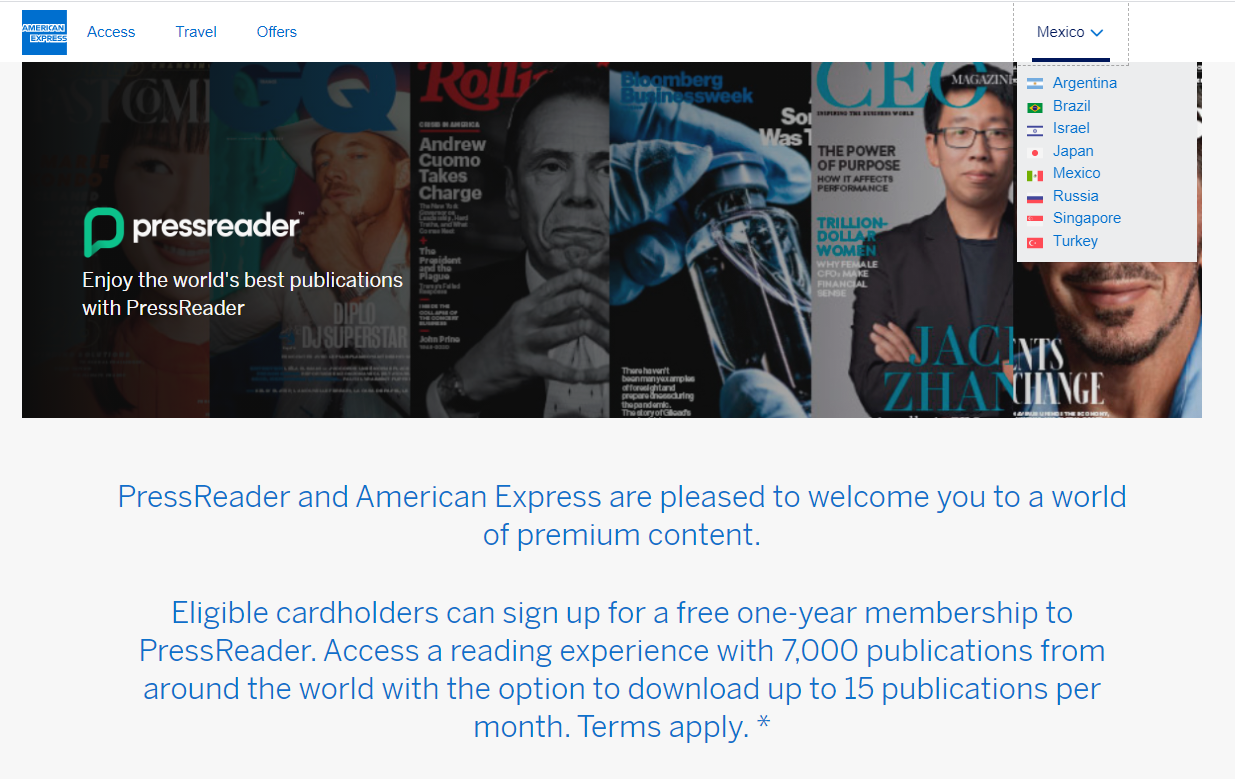
Once COVID-19 hit, I wondered what AMEX would do next to support its members and society. It did a lot, starting with committing more than US$6M in financial assistance to organizations such as World Central Kitchen, Feeding America through Just Giving, and the COVID-19 Solidarity Respond Fund for the World Health Organization.
It collaborated with Hilton Hotels to provide a million free rooms to frontline healthcare professionals in the US and contributed to Marriott’s Rooms for Responders initiative that donated US$10M worth of hotel stays for healthcare professionals in the hardest-hit regions of the country.
In terms of new member benefits, AMEX offers up to US$1,700 in statement credits with a selection of merchants including Instacart, Home Depot, Home Chef, Samsung, Best Buy, and more. Now, these are benefits people can use.
Mastercard is another company that stepped outside of its traditional loyalty lane during COVID to bring more relevant value to its members. We were already providing PressReader access to travelers in the Mastercard Airport Lounge in the Budapest Ferenc Liszt International Airport, which made sense given our history with airlines. But when Mastercard noticed how popular PressReader was in the lounge, it spread the wealth even further. In May 2020, it offered a year or free access to PressReader (US$360 value) to thousands of its premium cardholders in Hungary.
“At Mastercard, we’ve known for a long time that more and more of our lives are moving into the digital space, and entertainment is no exception. Mastercard Platinum, World Elite, and Business Premium cardholders have already received a number of discounts, but we believe it is important to expand the range of digital services for them as well, as these represent the future. More than 7,000 magazines provide entertainment in PressReader, and access to them can be a great relief even in the current difficult situation.”
Réka Szalkai
Marketing Director of Mastercard
New kids on the loyalty block
In March 2020, when the world turned upside down, so did some of our revenue channels. But we also saw opportunities opening in many new sectors, including long-term care facilities, hospitals, military bases, mining camps, the seafarer community, office supply companies, and property management firms. When one door closes, dozens seem to open.
Speaking of property management, I never heard of a condo or apartment building having a loyalty program before we met UK-based property developer Essential Living.
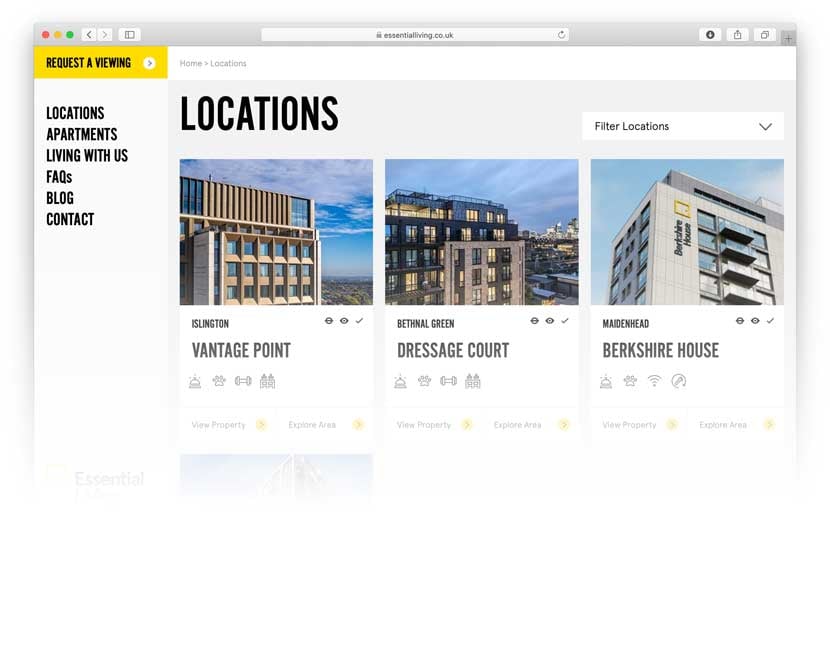
The company’s core values are anchored around community and connection. They saw PressReader as a unique way to keep their tenants connected with news and entertainment that mattered to them during months of physical distancing and prolonged isolation at home.
Loyalty starts with putting the person first
According to Forrester, spending on loyalty and retention marketing will increase by 30% in 2021, but it needs to be done in a way that puts “the customer at the center of everything you do: leadership, strategy, and operations.”
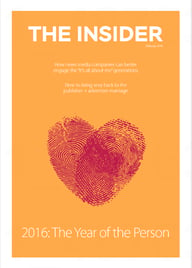 In 2016, when the publishing industry talked about the need to be digital-first, we wrote about how we needed to person-first — putting them at the center of our purpose, culture, and processes. We still believe that.
In 2016, when the publishing industry talked about the need to be digital-first, we wrote about how we needed to person-first — putting them at the center of our purpose, culture, and processes. We still believe that.
We need to understand why and how the person wants to connect with us — not just in terms of products, services, or content but also in all the other experiences they crave. And then we need to offer those to them.
We must continually give them reasons to keep coming back for more by surprising and delighting them through our loyalty programs — helping them develop positive habits they would miss if we were gone.
If you have any thoughts on the future of loyalty post-COVID, we’d love to hear from you. Let’s talk!
Note: This article was originally published in the April 2021 edition of The Insider on PressReader.com


